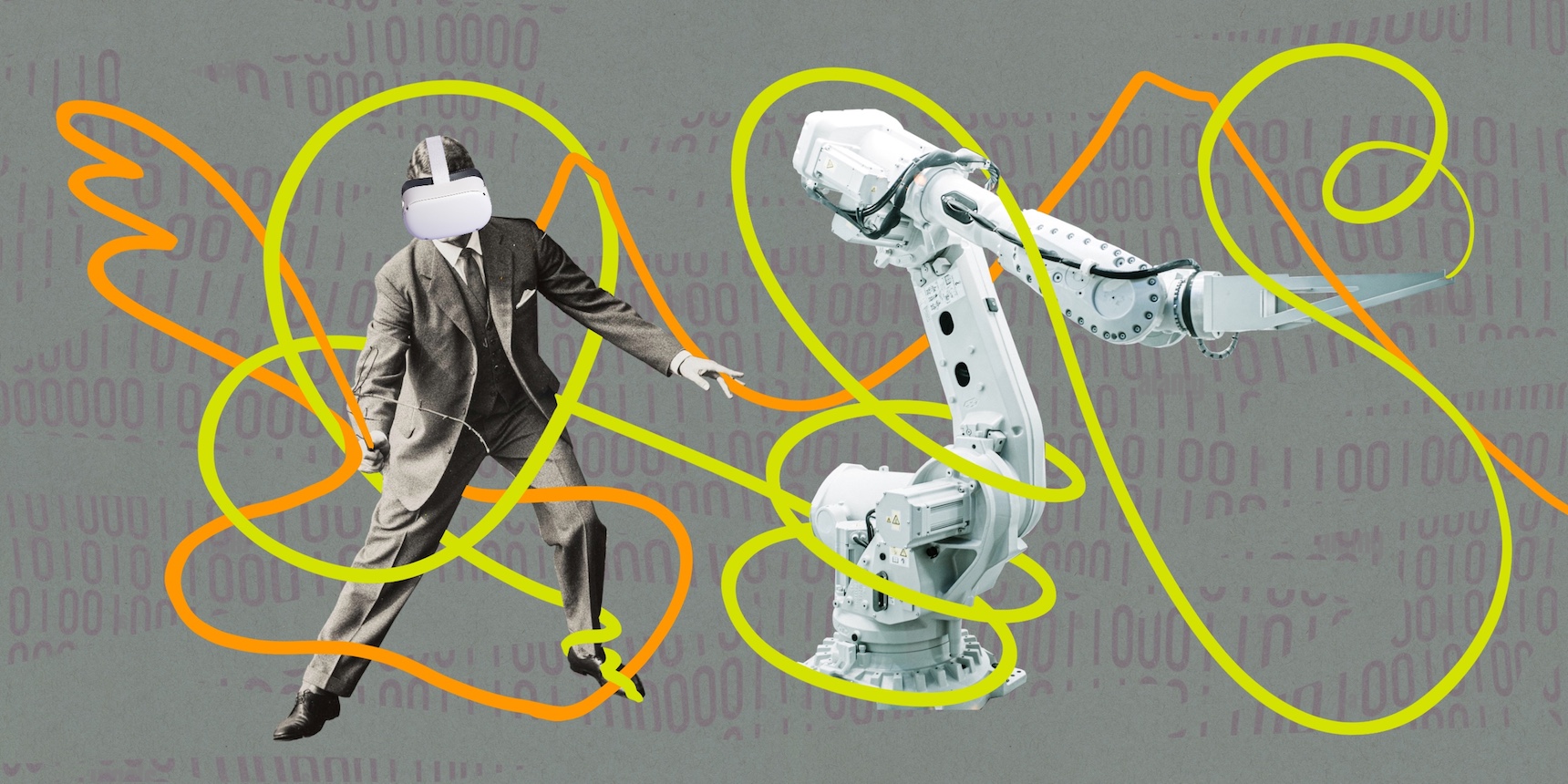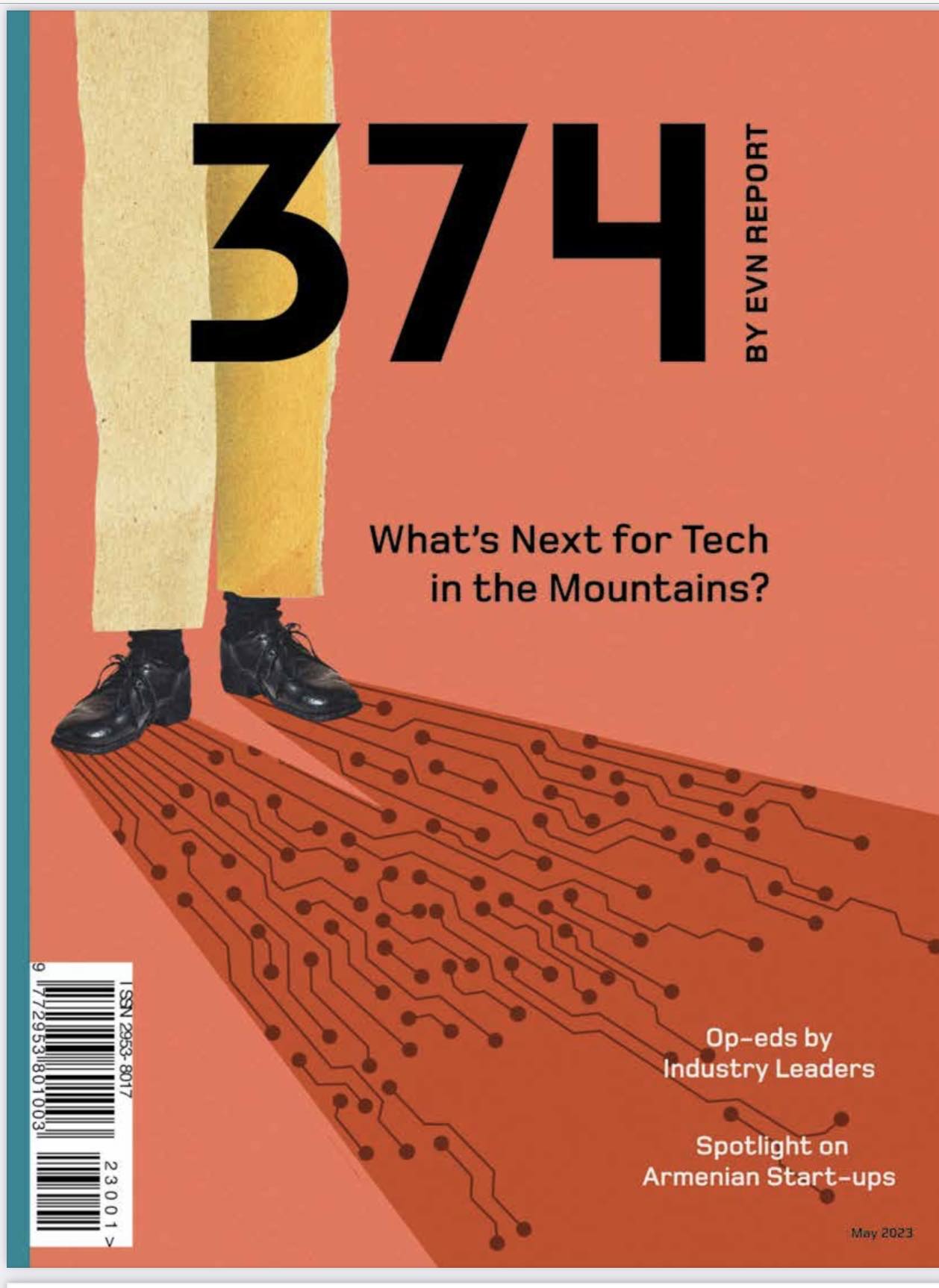
Over the past decade, artificial intelligence (AI) has had a radical impact on the world. Its applications range from medicine and security surveillance systems to smart personal assistants, robotics and automated industrial machinery. AI is embedded in every aspect of our lives, and is also used for solving business problems, including forecasting and planning, as well as human augmentation, which enables more effective decision-making and better outcomes. Advancements and solutions in security, voice and vision technologies are transforming human efficiency, making AI one of the most disruptive technologies of the century.
ChatGPT, for instance, is a new comprehensive AI tool from OpenAI with a wide range of applications and ways to improve productivity and learning. It includes language translation, language modeling, and text generation. Both the technological and industrial domains see numerous opportunities to create solutions, services, and products using ChatGPT. It has many applications in areas such as software engineering and scientific R&D. For instance, it can enhance search engine functionality in sales and marketing, help develop new drugs and interpret genomic sequences for disease categorization for the healthcare industry, provide more efficient and personalized support for clients in customer service, and carry out fraud detection in customer service.
Just five days after its release, ChatGPT had already amassed one million users, leaving other industry labs scrambling to prove their own systems were as sophisticated and capable of handling similar tasks.
According to the International Data Corporation (IDC), government and business spending on AI-centric systems is projected to exceed $300 billion by 2026. According to PwC, AI could contribute up to $15.7 trillion to the global economy by 2030, which is more than the current output of China and India combined.
AI is a key part of the digital revolution and has the power to amplify the mutually reinforcing nature of technology and power. Its rapid advancement makes it a significant factor for countries in military, political and economic terms.
Involvement in the development of AI will be a critical factor for state sovereignty in the future. Ashot Arzumanyan, partner and co-founder at SmartGateVC, emphasizes that AI is the future of the military, manufacturing, economics, robotics, and big data analytics. He asks, “Are you a mere consumer of AI generated elsewhere, or are you a part of the creation of that value?” As AI’s power becomes more apparent, Armenia has the potential to come out on top, Arzumanyan argues.
Armenia should prioritize the development of AI and AI-enabled technologies as a strategic policy issue, given the country’s need for national security and global economic competitiveness. According to the World Bank report ”Realizing Armenia’s High-Tech Potential”, Armenia has the potential to become a global leader in machine learning due to its highly educated and technology-focused population. By investing in machine learning research and talent, and implementing policies that support the industry growth, Armenia has the opportunity to establish and strengthen its position as a global center of AI innovation.
To accelerate this growth, a group of scientists and representatives from the high-tech industry have initiated the establishment of an AI research institute in Armenia. This institute will enable cutting-edge research and accelerate learning for individuals and companies. YerevaNN, a machine learning research lab, will be leading the institute. YerevaNN has already had some success in machine learning research and has been building capacity in Armenia for six years, collaborating with partners both inside and outside the country. “We are in a good position to work with more resources and produce higher quality research output,” says Hrant Khachatrian, director of YerevaNN.
“The problem is that, right now, there are very few people in even fewer companies who have developed the technological proficiency to effectively use compute,” says Armen Aghajanyan, a research scientist at Meta AI. He is one of the brains behind the initiative and will help establish the institute. Training someone to use compute is an immensely expensive task, which is why this institute will make it possible to train Armenians to be competitive in a completely new area for companies and researchers. “We’re right at the tipping point where everyone is now thinking about scale and we’re building an institute around that,” he explains. “The timing is perfect, YerevaNN is mature enough to actually take on the challenges.”
Aghajanyan emphasizes the importance of building a strong team of AI researchers and engineers. “The institute aims to attract and retain top talent from around the world to work on cutting edge AI R&D,” he says. The institute will establish partnerships with leading companies, startups, universities, and research institutions inside and outside Armenia. This will promote the transfer of knowledge and technology from academia back into industry. Aghajanyan’s vision is for Armenia to become a leader in AI R&D.
At the heart of this initiative lies a crucial component: a GPU-based supercomputer with an abundance of computing power. This will serve as a catalyst for sustainability across various industries and operational domains.
The compute center will offer several key benefits:
- It will provide companies and startups with a competitive advantage, enabling them to develop and implement machine learning technology more effectively than their competitors.
- Enable researchers to conduct advanced and innovative research in the field of machine learning, positioning Armenia as a global leader in the field, driving economic growth and success.
- Attract and retain talent, ensuring that Armenia has the expertise it needs to remain competitive in the global market.
- Benefit national security. Machine learning is expected to permeate and even define defensive systems that will be effective in protecting the country in the next generation of conflict.
According to Arzumanyan, the world is moving towards all-encompassing general AI, which is constantly evolving and becoming a fundamental model. However, there are always areas where it falls short. A company that can effectively manage those areas and position itself in the market will have an edge. “With access to large compute, there are countless opportunities for us to solve problems, not to mention the potential to develop scientific results into commercially viable products.”
Given the rapid shift of the technological world towards AI and the socioeconomic and security benefits of its applications, it is an imperative to develop a robust infrastructure for AI R&D.
To effectively develop Armenia’s AI research capacity, the government must adopt a realistic approach, set clear objectives, and define the scope for a national AI R&D plan.
According to the World Bank, “Armenia has a strong global comparative advantage in mathematics and natural sciences. With an appropriate regulatory framework, and investment in tertiary research, Armenia’s strong heritage in mathematics could position it as a global hub for pure AI research.”
Hrant Khachatrian believes that the government should focus on two strategic steps: recruiting top researchers from around the world to the Armenian ecosystem, and presenting them with a wide variety of strategic problems to work on that will help Armenia overcome its challenges.
Khachatrian acknowledges Armenia’s Science Committee grant program for relocating scientists to Armenia and its modest success to date. However, he notes that it could be enhanced to bring in a significant influx of talent. “First, we have to leverage our diaspora networks, such as the Armenian Society of Fellows (ASOF) and the recently formed Network of Armenian Scientists all over the world, among others.” Additionally, the government must identify and target talent in neighboring and friendly countries such as Georgia, Russia, Greece, India, and the Middle East, who would like to participate in outstanding scientific endeavors and a well-equipped scientific environment.
Khachatrian knows that this is a challenging goal because it requires government officials, “who have the necessary knowledge to frame national challenges as questions for engineering and research and then present those questions to the community.”
The team anticipates that initiatives like the AI Institute they are establishing will serve as a point of attraction for people of other ethnicities as well. “We want to enable this talent to be available in the country so that all businesses and all industries, including defense, are able to leverage this talent, solve their problems in a competitive way,” Khachatrian says.
The institute will focus on one applied research and two primary research themes. It will draw on YerevaNN’s current research and leverage Aghajanyan’s expertise to advance them.
The first research theme involves applying AI to life sciences and chemistry, with a focus on designing drug-like molecules. This area of biological research has recently witnessed advancements in machine learning solutions.
The other theme is computer vision, an area of AI that allows machines to interpret and analyze visual data. YerevaNN has been working on these problems with the Institute of Molecular Biology in Armenia and the University of Southern California for several years. With the availability of more compute power, they will be able to scale both themes.
“Everything we’re targeting, all the state-of-the-art research is done using high compute. I don’t think there’s research in any direction that is possible to do without having access to compute, including the applied research theme,” says Aghajanyan. The institute will develop natural language processing technologies, including automatic speech recognition, and text-to-speech conversion specifically for Armenia and its neighboring countries, on the applied research side. “We want to build the world’s best translation system for languages such as Georgian or Persian to Armenian,” Aghajanyan says.
Innovation in artificial intelligence is expected to deliver significant benefits to countries in strategic sectors such as healthcare, security, legal services, agriculture and more.
“We are witnessing a fundamental shift towards AI. Anything that can be AI will be AI, and national security, defense, and intelligence will heavily rely on the use of machine learning,” emphasizes Aghajanyan.
Therefore, the Armenian government must recognize the need to create a more favorable research environment for AI innovation in these fields. Beyond the pursuit of enhanced profitability, there is a need for a continued push toward the deployment of AI initiatives aimed at addressing some of the most critical issues facing our nation.
“In light of our national security and many other issues, the government should have already begun such a project, or at the very least, financed it with the assurance that the investment will undoubtedly yield a greater return,” says Arzumanyan.
It is not yet clear whether the state will also fund the project.
The researchers emphasize the importance of developing Armenia’s talent and culture and utilize it to deliver internationally competitive solutions. Aghajanyan adds that doing so is essential for ensuring economic growth in the technology sector.
“We are at a crossroad of epochs and it is critical to stay ahead of big changes rather than falling behind and trying to catch up,” stresses Arzumanyan.
The government can facilitate this transition by implementing strategic policies and investments. It should launch initiatives to encourage cross-disciplinary academic research at the intersection of artificial intelligence, economics, defense, and other core disciplines. Additionally, it should foster AI-enabled innovation in a variety of industries.
Given the challenges Armenia faces and the role of AI R&D in overcoming them, the government should involve a wide range of actors, from tech startups to academic and financial institutions, in artificial intelligence innovation.
We are pleased to announce that EVN Report will be launching “374”, the first-ever print tech magazine covering Armenia’s start-up ecosystem during the opening of the EVN Media Festival on May 26, 2023.

The inaugural issue shines a light on some of Armenia’s most interesting companies doing innovative work across a wide array of verticals, including AI, education, blockchain and biotech. We also dive into what needs to be done in order to ensure that the success we’ve seen in recent years materializes to sustainable and inclusive growth for both the industry, and the rest of the country. We’re thrilled to have voices such as Nina Achadjian, Armen Orujyan, Raffi Kassarjian, Ashot Arzumanyan, Hovsep Patvakanyan and Hrant Khachatrian reflect on these topics.
EVN Media Festival
See full program
See guest speakers
Register
EVN Disrupt
Podcast
Rem Darbinyan: From Computer Vision to Influencer Marketing
Rem Darbinyan, the founder and CEO of Viral Mango and Smart Click, joins us to speak about the work being done in AI and influencer marketing by his companies. During the first half of the show, we delved into Smart Click's technology-as-a-service approach that makes computer vision algorithms accessible through APIs. In the second half, we explored Viral Mango, an influencer marketing platform, and discussed the inner workings of influencer marketing and its effectiveness. We also examined the impact of influencer and social media culture on society.
Read moreNerses Ohanyan: Space Tech and Bridging Armenia With the World
In this episode, we talk to Nerses Ohanyan, co-founder of HyeTech, about the organization’s recent trip to India and their efforts to connect the Armenian tech ecosystem with the rest of the world. We delve into why it's crucial for Armenia to develop its capacities in the space tech ecosystem, and Nerses shares exciting initiatives such as the Bazoomq space research lab, the Kemurdzhian Challenge, and the Armenian Model Rocketry Association.
Read moreSergei Kungurov: Miro’s Move to Armenia & Scaling Products
Sergei Kungurov, Head of Core Product Foundation at Miro, joins us to discuss the company's first year in Armenia since relocating from Russia. As the popular collaborative whiteboarding tool continues to expand its reach (currently serving 50 million users), Sergei shares his insights on product development at scale.
Read more





Excellent ides! the ARPA Institute is ready to support and partner with YerevaNN in this important endeavor.